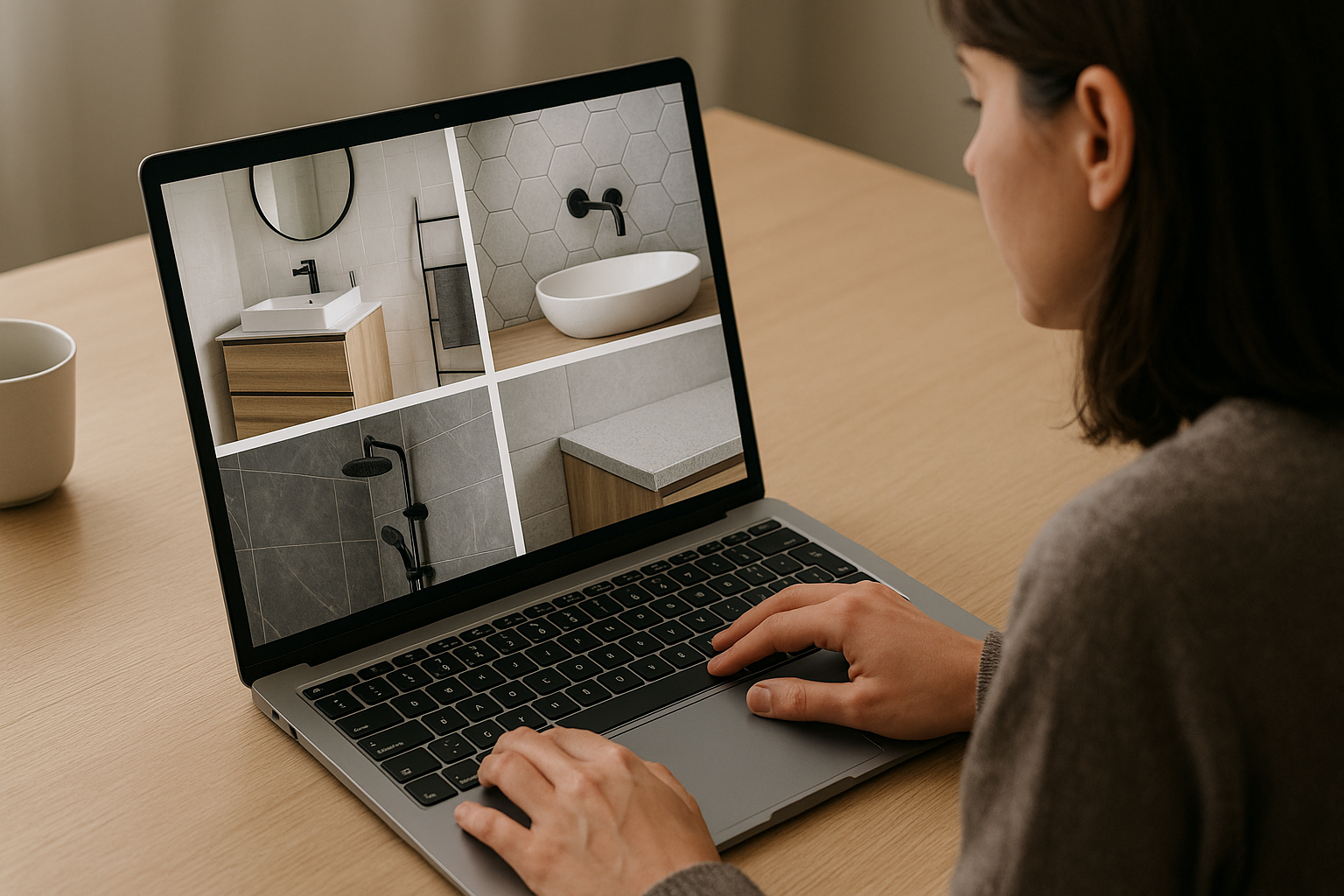Racing into 2022: Marketing in the Automotive Industry
Over the past two years, Setup interviewed marketing leaders to learn how marketers were adapting to a COVID and post-COVID world. The pandemic altered the way people treated their employees, consumers, and overall business proceedings. Since we’ve spoken with representatives from the CPG, Restaurant, Construction, etc. industries, we figured it was time to check on Automotive - an industry that primarily relied on face-to-face interactions to make the final sale and is currently dealing with a constricted supply chain.
We spoke with leaders from Cox Automotive, Capgemini, and some additional automotive consultants to get the latest information.
“The legacy companies are learning how to move, adapt and innovate faster. Most have built their legacy business on manufacturing, and it’s hard to transform those massive operations quickly. It means confronting a lot of established ways of working and creating, and it means ‘modernizing’ is the top priority.”
Q1: What innovative (marketing) changes are happening in the Automotive space? What changes made are going to remain permanent moving forward?
Digital Transformation
Most industries moved to digital processes over the last few years, but for industries like Automotive where most of the transactions happened in person, the digital transition was more of a challenge. “The difference in automotive is that it's one of those special industries that is still an online to offline conversion, meaning that the majority of transactions still happen in the dealership...although most of the marketing and shopping is digital,” stated Jessica Stafford, the SVP of Consumer Solutions at Cox Automotive.
“As with all industries, the pandemic changed the rules on how companies interact with consumers for sales and ownership,” said Daniel Davenport who works in the Automotive Sector for Capgemini.
Davenport explained that leaning into digital “required a massive shift in mindset and technology.” An automobile is a significant purchase, and to make the experience of walking around the lots and test driving cars digital means a heavy investment in advanced technologies like AR, VR, 3D viewers and chat interfaces. “It was a leap that signifies a much bigger shift into a synthetic relationship between the analog physical world and the digital metaverse,” shared Davenport. He predicts “that transformation will encompass a huge amount of work for OEMS, dealers, suppliers and agencies as the buying process becomes more digital and the ownership experience is more integrated with drivers’ and passengers’ existing digital ecosystems.”
Data-driven Strategy
The digitized buying process increases data collected on consumers, making marketing more customized and seamless. Stafford added, “The best innovation we’re seeing is on the connection of marketing from the manufacturers brand, to the local dealers and all the way through to a car purchase. Being able to measure and connect the dots enables us to customize message, visuals and cadence to drive conversion.”
Marketers are using this information to be present on all channels, diving into omnichannel marketing to educate the consumer. Scot Safon, the former CMO of MotorTrend and Consultant with Civic Entertainment on the Ford account, shared that “Omnichannel marketing is also key, as the customer journey towards auto purchase has completely evolved (and accelerated even more during the pandemic).” He continued, “The car buyer is likely to get to a showroom, but not before doing a ton of research online and across social media, so the automotive companies need to have content and ad strategies that speak effectively (and consistently) across all those channels and drive people to purchase.”
Relationship Building
It’s not just about making the sale anymore. The Automotive industry is investing in long-term relationships with their consumers. “CRM is also more important than ever,” Safon stated. “Yes, you want to make sure the customers are happy with their car and want to buy again, but most brands now want to maintain the relationship beyond the transaction, so automotive brands are focused on new ways to extend the value proposition throughout your ownership experience.”
Q2: Where outside of the Automotive industry have you looked to for inspiration and why?
Smartphones + Environmental Health
Davenport stated, “There are wonderful examples of resilience and innovation across many industries that the Automotive sector can learn from, however, some of the most instructive analysis can come from looking back in time at the transition from feature phones to smartphones. Moving from closed to open, from static to mobile, from single purpose to multifaceted represents the kind of dramatic change underway in the automotive, mobility and transportation space. And the imperatives could not be more important - as a society we must reduce our collective carbon footprint and respond to the demands of a changing climate. Transportation of people, goods and services is a critical component of addressing carbon reduction and when combined with broader efforts around creating circular economies represents an important way forward for us all.”
Consumer Influence
Stafford shared, “For our core businesses – we look at other marketplaces for inspiration, and into the digital connections space. Overall, we really dig into consumer behavior and influence more than ever.”
Omnichannel (Specifically Starbucks + Delta)
Safon is all about those who master the use of omnichannel. “It’s about determining what you need to say on that platform that is complementary to the other messages and helps drive anticipation and curiosity and (perhaps) purchase. Brands that have great mobile apps (like Starbucks, Delta) have done a great job with their omnichannel outreaches — they build branded relationships, drive you to purchase and entice you about new things.”
3. What lessons can other industries learn from the Automotive space?
It’s not too late to make a difference.
Davenport detailed that the Automotive industry has been around for a long time, as a “large, well defined, 100-year-old ecosystem of manufacturing, suppliers, supply chains, regulatory compliance, multi-channel distribution and sales with a massive infrastructure of physical roads, bridges and cityscapes that support the use of its products. From legacy incumbents to EV startups, the automotive space is a shining example of systemic disruption.” Despite its long-term existence, it continues to innovate, and approach business with a forward-thinking, influential mindset.
“As the automotive industry transforms into a software defined, digitally integrated, circular economy, all industries need to pay attention; emulating the good and improving the not-quite-as-good. The future is now as we embrace our mandate to massively improve our sustainability, shift to web 3 decentralization and embrace a new world of work, learning and entertainment. The time is now and we are all the agents of change.”
Push to be better + care.
Similar to Davenport’s point about the Automotive industry having the power to change the world, Stafford pointed out that the Automotive industry cares about their people and everyone connected to the process. Because they all have such a profound impact, it is important to innovate and “disrupt yourself,” she stated.
“The automotive industry is an amazing one – grounded in small and medium family run businesses that have been passed down through generations. It's really a beautiful thing to see. They care about their local community and care about the impact they have. This is something that all industries can learn from...and the progress our industry has made in the last few years is dramatic. This next generation of business leaders, dealers, and also the manufacturers, are ready to disrupt and bring a new way to the game. They see the need to exceed customers' expectations and are ready to push their own industry forward!”
Safon also agreed, since it is a human-centered, lifestyle brand, that there is a lot of “care” and “passion” in the Automotive industry. “Even though the category has largely focused on product and product features, automotive brands are ultimately lifestyle brands, and they are often brands that are steeped in emotion,” he stated. “The care and passion that goes into automotive design and engineering is inspiring, and I think any brand would aspire to that level of consumer love and engagement.”
Although processes are changing, one thing remains constant in the Automotive world: personal interactions. Whether that be a digitally personalized experience, or using data to engineer and design a better product or VR experience, or even extending efforts to decrease carbon emissions on a global level to improve the consumer’s life, Automotive leaders are determined to show the consumer that they care.

































Over the past year, we’ve watched the following patterns emerge across seemingly unrelated sectors: rising consumer expectations, demand for authenticity, growing complexity, and the tension between automation and human connection.
We interviewed multiple marketers from an array of industries in our blogs below, and we discovered consistent trends across the board. Check out all of our industry blogs throughout 2025 from leaders at Blackbaud, Hiscox USA, Mimedx, MONPURE, Kimberly-Clark Professional, and more.